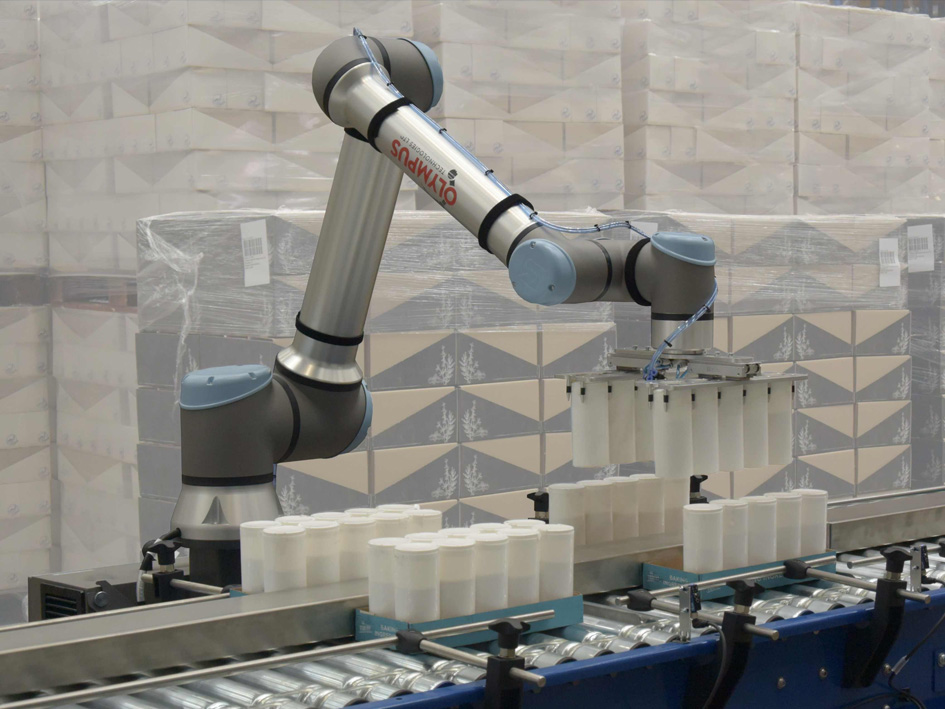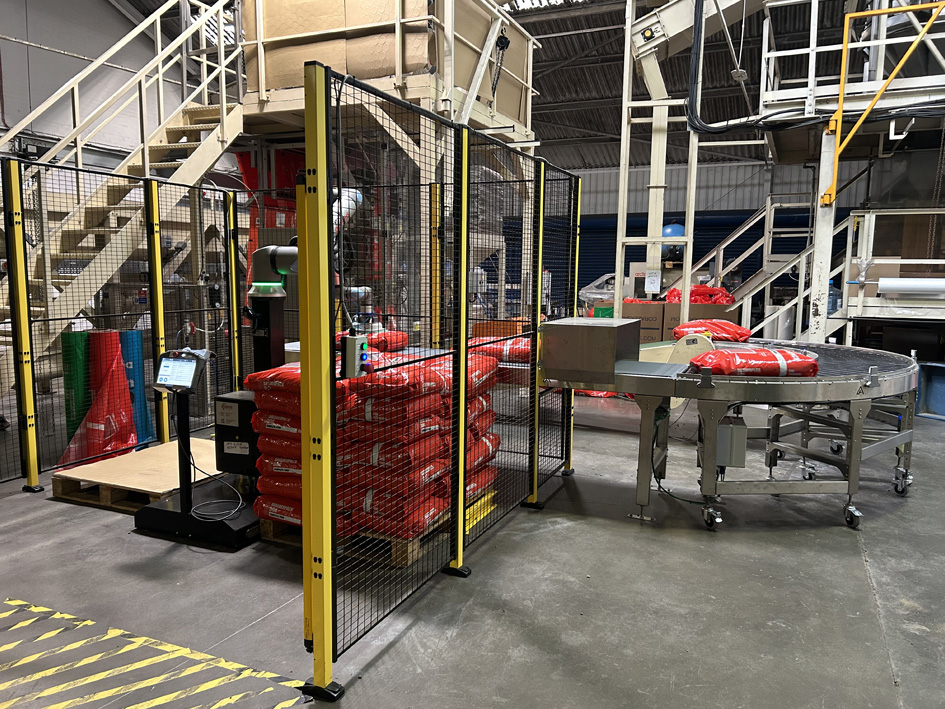Why Make or Buy Matters in Manufacturing
The make or buy decision determines whether a company keeps a product in house or uses an external supplier. It shapes cost, quality control, supply chain resilience, and long term competitiveness. With modern automation and cobot welding from Olympus Technologies, manufacturers can produce critical components internally and stay cost effective without sacrificing efficiency.
Book a consultation with Olympus to explore automation options that support in house fabrication.
What Is the Make or Buy Decision?
At its core, make or buy is a strategic choice between internal production and external procurement. A sound decision making process weighs quantitative and qualitative factors, not just unit price. The right analysis aligns with business strategy, customer needs, and market position to guide better decisions.
Evaluating the Buy Decision, Outsourcing Production
A buy decision can provide specialist expertise, flexible resources, and lower upfront capital.
It may suit low volumes, surge demand, or parts outside core skills, but it can add risk through longer lead time, variable quality, and fragile supply routes. Strong management of capability, quality systems, and logistics is relevant to keeping OTIF promises.
Before placing the first order, consider capacity buffers, supplier reliability, and data sharing information. Define the process, acceptance criteria, and documentation so the external partner understands every project requirement.
See how automation reduces outsourcing risks by strengthening in house capabilities.
Consequences of Outsourcing Fabrication
Outsourcing affects operations, finance, and strategy. Hidden total cost items, like expediting, rework, and inventory buffers, often erode the headline cost benefit. Over time, extended outsourcing can dilute internal know-how and slow new product innovation.
These factors are manageable with rigorous evaluation, robust contracts, and using live data for performance monitoring. A simple price comparison rarely reflects the total level of impact on your manufacturing outcomes.
Understanding Buy Decisions in the Supply Chain
Buy choices cut across procurement, planning, and logistics. They influence where inventory sits, how production is scheduled, and whether you meet delivery windows. Model cost, capacity, and service benefits to see how a buy route would affect the wider supply chain.
Coordinating Make or Buy with Supply Chain Strategy
Make or buy choices affect inventory levels, distribution efficiency, and customer service. Moving a product in house can shorten lead time and raise OTIF, but it would require the right resources, equipment, and skills. Olympus helps align automation with supply chain goals so internal production supports service, not just plant metrics.
Speak to our team about aligning welding automation with your supply chain strategy.
Beyond Cost: Qualitative Factors that Matter
Price is only one part of the analysis. Strategic importance and IP sensitivity often mean critical processes should remain internally controlled. Flexibility for short runs and engineering changes is key, where cobots reduce changeover time and help maintain control and quality.
Workforce development is also relevant. Modern cells make it easier to train, retain, and upskill teams, improving operations and sustaining high standards of quality control.
Considering Non Cost Factors in Decision Making
When comparing make vs buy fabrication, evaluate more than price and lead time. Consider:
- Compliance with standards and inspection requirements that your process must meet.
- Scalability and capacity to handle peaks without quality drift.
- Work availability, training needs, and knowledge retention to support internal capability.
- Strategic and qualitative benefits, such as faster feedback from shop floor to design.
These factors often outweigh short-term savings and could drive better outcomes over the life of the product.
Explore Olympus cobot welding solutions to strengthen your in house capabilities.
Risk Management in Make or Buy Decisions
Effective risk management should start on day one. Typical risks include supplier failure, production bottlenecks, and volatile material prices. Practical responses include dual-sourcing, predictive planning, and using automation to stabilise throughput.
In house cobot welding cells from Olympus create a dependable base of capacity that protects delivery performance when the market tightens. Our services include integration, training, and support so each project delivers its intended benefits.
How Automation and Cobot Welding Shift the Equation
Automation changes the cost benefit equation by lifting productivity and consistency in house. A cobot cell delivers repeatable quality, shorter cycles, and fewer defects, lowering total cost and improving first-pass yield. Programming is straightforward, so teams can consider a pilot and scale internally with minimal delay.
For many manufacturers, parts once better to buy are now viable to make with strong control and lower risk. Olympus cobots help your business capture these wins with proven tooling, fixtures, and application support.
A Practical Framework to Decide, Step by Step
- Define the component scope, strategic role, and specification.
- Map total cost for make and buy, including inventory, logistics, rework, and quality.
- Assess capacity, skills, and equipment, then evaluate automation options.
- Qualify external supplier candidates on capability, management systems, delivery, and risk.
- Run a pilot, using real data to validate cycle time, quality, and total cost.
- Decide, implement, and track KPIs for continuous improvement.
Conclusion: Building Smarter Fabrication Strategies
The make or buy decision sets foundations for cost, quality, and resilience. The best guide is a balanced analysis of total cost, risk, and strategic fit, supported by real information. With automation and cobot welding, Olympus Technologies helps you make more product in house, protect IP, and raise delivery performance while staying cost effective.
FAQs
How should we start the make or buy decision making process?
Begin with a clear analysis of total cost, capacity, and strategic importance for the component. Include both quantitative and qualitative factors so the decision making reflects service levels, risk, and long-term strategy.
When is a buy decision more cost effective than making in house?
A buy route may suit low volume or highly specialised parts where an external supplier has unique expertise. Always model hidden costs, lead time, and quality control to confirm the true cost benefit.
How do cobots help bring a product in house without adding risk?
Cobot automation stabilises production with repeatable paths, verified parameters, and consistent quality. Olympus provides integration and training services so your team can run internally with confidence and better control.
What data is most relevant to guide make vs buy fabrication decisions?
Track cycle time, first-pass yield, OTIF, rework, and inventory levels across operations. Using this data in a weighted matrix would help management consider the factors that often drive the best decisions for your company and supply chain.














